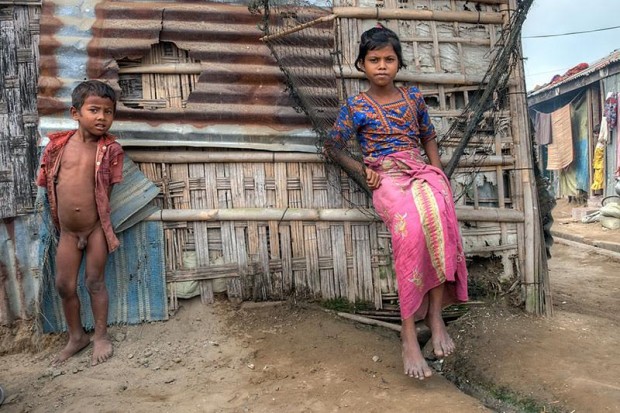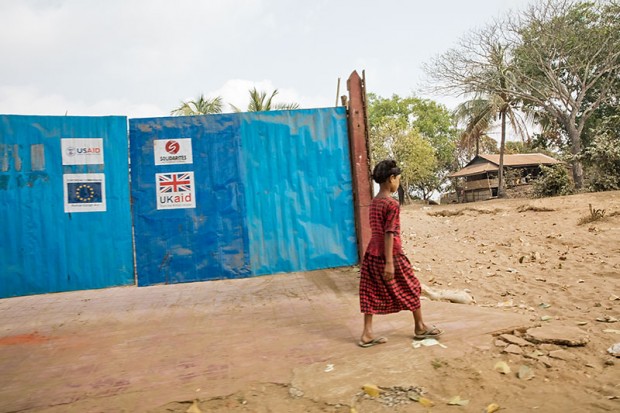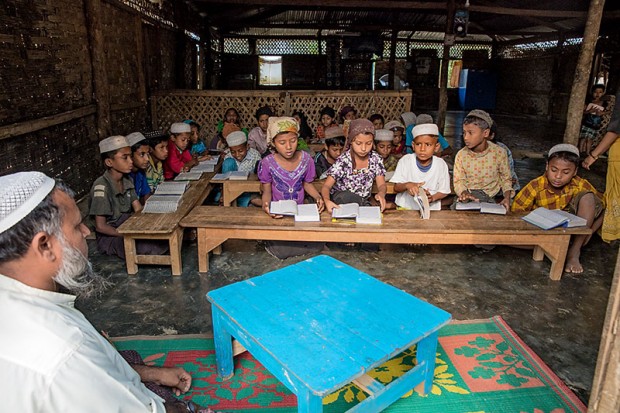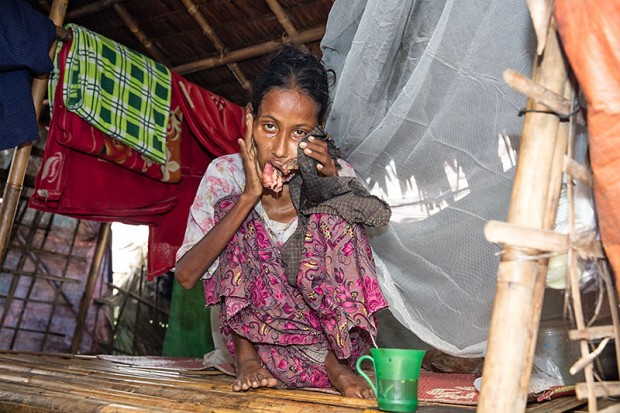On March 16th, months after the historic national elections that took place in November 2015, the Secretary-General of the United Nations, Ban Ki-moon congratulated Htin Kyaw, the first civilian elected president by the Burmese parliament. The narrow win, a near split of 360 votes out of 652, ended more than half a century of military dictatorship. It was “a victory of people and democracy,” according to the sixty-nine economists who will be assisted by two vice-presidents: Myint Swe, a military nominee, and Henry Van Tio, his fellow party member.

At the moment, however, the Armed Forces (the Tatmadaw) still hold 25% of non-elected seats in Parliament and Ministries of Defense, as well as the Interior and control of borders. But above all, the militaries have veto power with respect to any proposed amendment to Myanmar’s constitution. So, despite the election victory, Kyaw and Suu Kyi will face difficulties leading the country towards democratic changes and breaking from the past.
Ban Ki-moon’s spokesperson welcomed Kyaw’s appointment as a significant achievement towards the democratic process of reform that the last government initiated. The spokesman added, “The Secretary-General hopes the people of Myanmar will continue steadfastly on the path of democracy and national reconciliation, and at this defining moment of transition, calls upon President-elect U Htin Kyaw, as well as all other significant stakeholders, to work inclusively towards a smooth and peaceful consolidation of unity and stability in the country”. Furthermore, he reiterated on “the readiness of the United Nations to continue to support efforts to advance peace, development, human rights and the rule of law for the benefit of all the peoples of Myanmar”.
While this statement optimistically ushers in a new era, critics and even ardent supporters of Suu Kyi, challenge whether or not these proclamations of democracy, peace and human rights will apply to Myanmar’s Muslim minority, the Rohingya people. In the aftermath of Kyaw election, we interviewed Stefania Zamparelli, an Italian artist and photographer living in New York, who has an inclination for reportage. Zamparelli just returned from Myanmar where she witnessed the situation first-hand.

Your passion for travel and photography has taken you around the world. Recently you were in Myanmar. What reality did you come across?
“The reality of Myanmar is – degradation – from both an urban and human point of view. I’m referring to the situation of ethnic minorities, and especially that of the Rohingya, of which I had already learned. Unfortunately, the reality surpasses my imagination. Overall, I felt a horrible spiritual decay. It is ironic, indeed tragic, that Buddhism in Myanmar has become nationalist at the expense of another religious group. I tried to converse with some of the monks, but I encountered a wall of dullness: ‘It’s untrue that the Rohingya lived in Myanmar for 200 years! They are illegal! They entered the country during the British occupation and are originally from Bangladesh. That’s where they must return!’. This is what I was told by the Sayale of a monastery near Yangon. This same story was repeated dozens times by other Buddhist monks. I protested, ‘The British left Myanmar in 1948. Therefore, according to your version the Rohingya have resided here for at least 68 years, and that’s a long time!’.

Why do you think there was such a violent reaction?
What stories did you photograph and to which extent were you able to express them? What did you feel?


‘People need real medications and they only give us Paracetamol and Burmeton!’, the camp residents told me. When I asked Rohingya residents, ‘why don’t you write a petition to the UN?’ They laughed at me as if I had proposed asking for help from the military junta. One man told me that the ‘Ingo are becoming like the Myanmar government’. A woman from the camp told me about the many critical medical cases and asked, ‘Why can’t they transfer patients to Sittwe general hospital?’. Another detainee said, ‘Forget about Sittwe. Some cases need the Yangon hospital!’. The interpreter told me that not long ago all the camps and villages went three weeks without rice. It finally arrived but only in two camps and that only happened when a CNN crew went to film those two camps! After four years of struggling, the general environment is one of apathy, helplessness and resignation. The detainee’s perception of the UN is one of equal apathy, unhelpfulness and indeed, endorsement of the government’s inhumane treatment toward them.

Ironically, the only schools working amazingly well are the Madrasa, the Koranic schools, which are divided into three levels: beginner, intermediate and advanced. These schools are self-managed by the Rohingya themselves! Among the students, I saw discipline and total dedication to and from the teachers”.

Did you report the IDP camps situation to some authority? If so, what was their reaction?



Do you think there is enough information about the Rohingya?
“Media reports on them – but confusedly. Anyway, words are not effective, especially when genocide is going on. A strong diplomatic approach is needed and real aid. Those structures that are already on the field must be activated. Furthermore, restoring all Rohingya peoples’ rights and letting them go back to their houses should be the objective”.
Did this experience change your approach to photography? How?
“I think it did. I always preferred the images of the voiceless, but I put emphasis on the love for life that asserts itself with smiles in spite of the misery, which many are forced to live with. Maybe now I realize that showing the suffering ones can have a much more noble purpose”.

Do you think Buddhists will reconnect with the universal humanity so peculiar to their philosophy?












